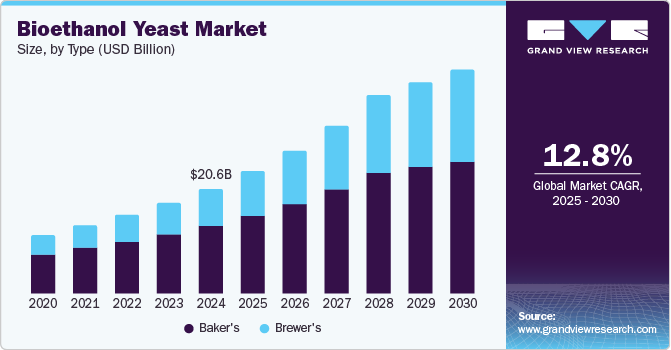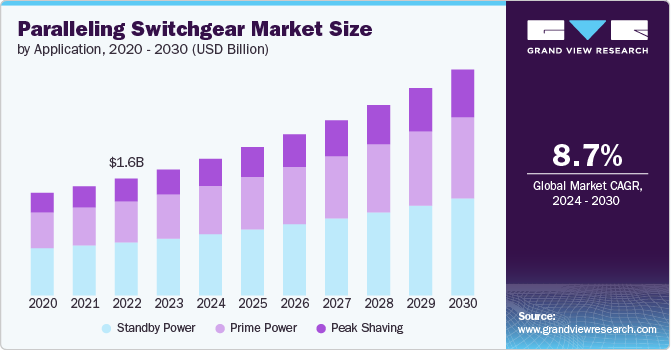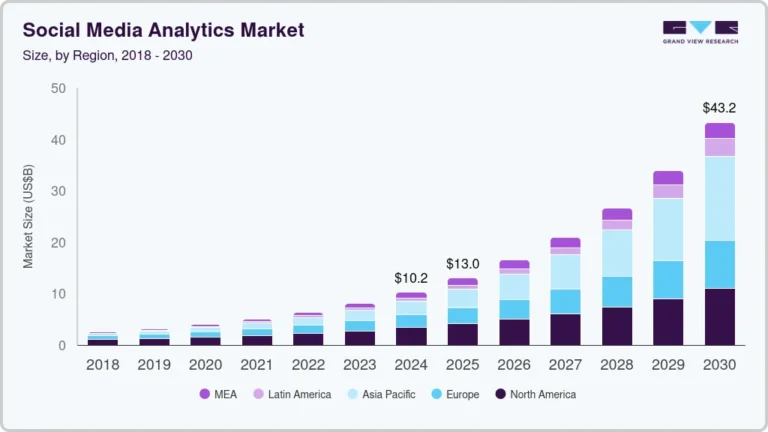Alkaline Water Electrolysis Market Size, Share & Trends Analysis growing at a CAGR of 19.8% from 2024 to 2030

The global alkaline water electrolysis market size was estimated at USD 167.0 million in 2023 and is projected to reach USD 491.3 million by 2030, growing at a CAGR of 19.8% from 2024 to 2030. The market is primarily driven by the increasing demand for clean and sustainable energy solutions, particularly the production of green hydrogen.
Key Market Trends & Insights
- Europe dominated the global alkaline water electrolysis market and accounted for the largest revenue share of over 39.6% in 2023
- Based on Type, < 50 m3/h held the market with the largest revenue share of 30.0% in 2023.
- Based on Application, Power Plants held the market with the largest revenue share of 28.6% in 2023.
Market Size & Forecast
- 2023 Market Size: USD 167.0 Million
- 2030 Projected Market Size: USD 491.3 Million
- CAGR (2024-2030): 19.8%
- Europe: Largest market in 2023
Request a free sample copy or view report summary: https://www.grandviewresearch.com/industry-analysis/alkaline-water-electrolysis-market-report/request/rs1
As global efforts intensify to reduce carbon emissions and combat climate change, hydrogen is gaining prominence as a clean fuel alternative across various sectors, including transportation, power generation, and industrial processes.
The rising need for decarbonization solutions in industries, coupled with the growing recognition of hydrogen’s versatility as an energy carrier, positions alkaline water electrolysis as a crucial technology in the quest for sustainable energy systems, thus driving significant market expansion in the coming years.
Drivers, Opportunities & Restraints
The alkaline water electrolysis market is characterized by its growing significance in the production of green hydrogen, driven by the global shift towards sustainable energy solutions. This market features a diverse range of applications, including power generation, industrial gases, and the automotive sector, particularly in fuel cell technologies. The technology primarily utilizes nickel-based catalysts, which offer cost efficiency and durability, making it suitable for both large-scale and small-scale hydrogen production.
The supportive government policies and investments in renewable energy infrastructure are fostering market growth. The rising interest in hydrogen as a key component of energy transition strategies further amplifies the potential for market expansion, positioning alkaline water electrolysis as a critical technology for achieving decarbonization goals.
The alkaline water electrolysis market faces several restraints, primarily the high cost of electrolysis systems, which can limit adoption, especially in price-sensitive sectors. Additionally, the lack of awareness and understanding of alkaline electrolysis technology among potential users hinders market growth. This is compounded by competition from alternative hydrogen production methods, such as steam methane reforming, which is often more cost-effective. Furthermore, the dependence on a stable and affordable electricity supply poses challenges, as fluctuations in energy prices can impact the economic viability of hydrogen production through electrolysis.






